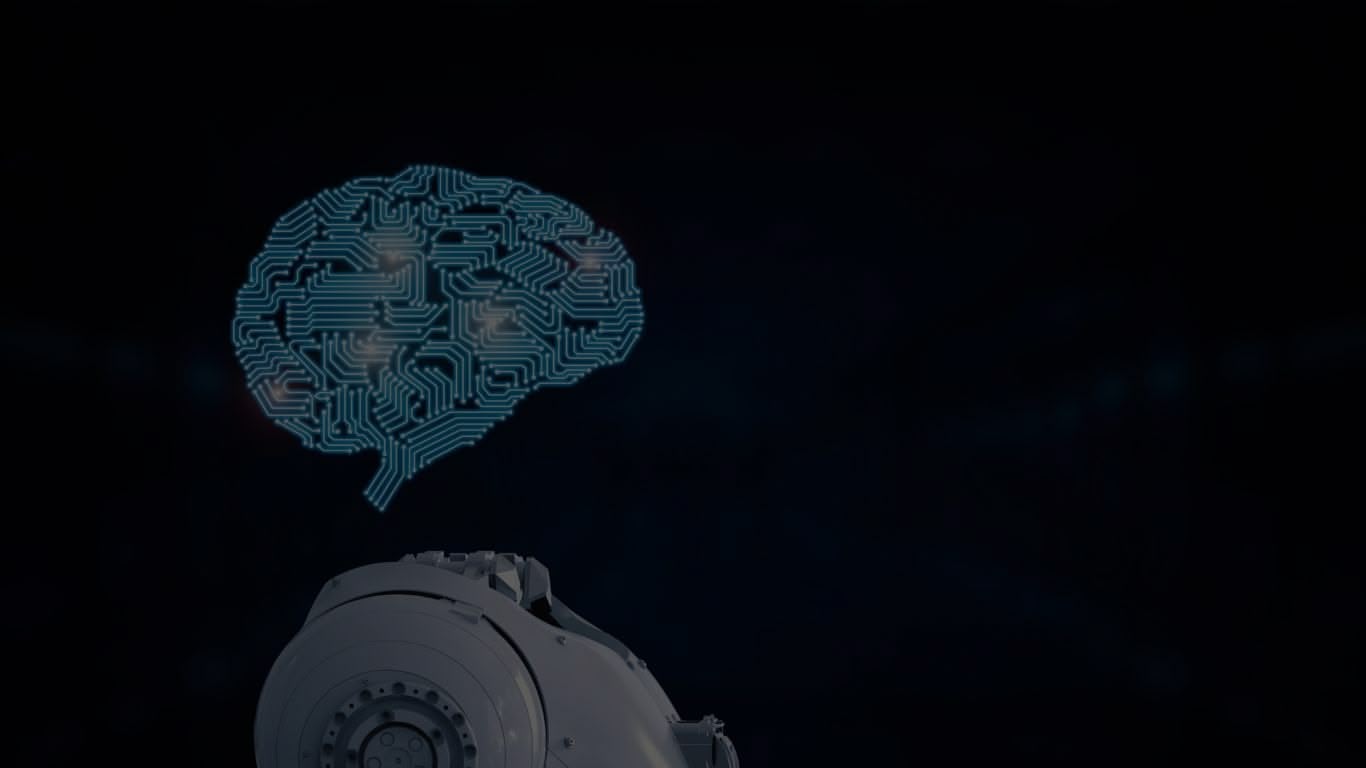
In the new landscape of artificial intelligence, Neuro-Symbolic AI (NeSy) emerges as a powerful solution that bridges the gap between data-driven pattern recognition and logical reasoning. This innovative approach integrates neural networks—which excel at processing unstructured data like images and text—with symbolic reasoning systems that bring interpretability, transparency, and structured knowledge. As AI systems permeate critical domains like healthcare, finance, and autonomous driving, Neuro-Symbolic AI offers a promising path to building systems that are not only accurate but also explainable and reliable.
What is Neuro-Symbolic AI
Neuro-Symbolic AI blends two traditionally separate AI paradigms:
- Neural Networks: These are deep learning models (e.g., CNNs, transformers) that recognize patterns in data—such as identifying objects in images or translating languages. They are highly effective at perception tasks but often act as “black boxes,” offering limited insight into how decisions are made.
- Symbolic Reasoning: This involves rule-based systems that use logical constructs like “if-then” statements to represent knowledge. These systems are transparent and interpretable, making it easier to understand their decision-making process. However, they struggle with noisy data and are cumbersome to scale.
Neuro-Symbolic AI aims to combine the pattern recognition power of neural networks with the logical precision of symbolic reasoning, enabling systems that can learn from real-world data while reasoning in a human-understandable way.
Why Neuro-Symbolic AI Matters
Despite the remarkable success of deep learning, several challenges persist:
- Lack of Explainability: Neural networks often provide little to no explanation for their decisions—a major hurdle in fields like medicine or finance, where understanding why a decision was made is crucial.
- Data Hunger: Neural models require vast amounts of labeled training data, which is impractical in many real-world scenarios.
- Brittleness: They struggle to generalize to unfamiliar situations beyond their training data.
Purely symbolic systems:
Rely on extensive hand-crafted rules, which are difficult and time-consuming to develop.
Fail in environments with incomplete, ambiguous, or noisy data.
Neuro-Symbolic AI solves these challenges by combining neural adaptability with symbolic structure, leading to AI systems that are both data-efficient and explainable.
How Neuro-Symbolic AI Works
Several technical approaches enable the integration of neural and symbolic components:
1. Knowledge Graphs
Knowledge graphs represent entities and relationships (e.g., diseases, symptoms, treatments) in a structured way. Neural networks can learn embeddings for these entities, while symbolic systems can apply logical reasoning using graph structures. This synergy helps in tasks like medical diagnosis, where linking symptoms to diseases requires both pattern recognition and knowledge-based reasoning.
2. Differentiable Reasoning
Techniques like Differentiable Logic (DL2) make symbolic reasoning differentiable, allowing it to be trained alongside neural networks. This integration enables end-to-end learning while preserving the interpretability of symbolic rules.
3. Hybrid Embeddings
Symbols (e.g., “circle,” “line,” “table”) are transformed into vectors that neural networks can process. This hybrid representation bridges the gap between structured knowledge and unstructured data.
4. Constraint-Based Learning
Neural networks are trained with built-in constraints that enforce logical relationships. For instance, a diagnostic AI might learn that “if fever and cough, then possible infection,” ensuring outputs respect known medical rules.
5. Hybrid Architectures
Frameworks like MIT’s Neuro-Symbolic Concept Learner (NS-CL) combine CNN-based vision modules with symbolic parsers, enabling systems to understand images and answer questions based on learned concepts.
Key Applications of Neuro-Symbolic AI
| Domain | Application | Advantage |
|---|---|---|
| Healthcare | Medical Diagnosis | Combines patient data analysis (neural) with clinical guidelines (symbolic) for explainable AI. |
| Finance | Fraud Detection | Detects patterns in transaction data (neural) + applies fraud detection rules (symbolic). |
| Autonomous Systems | Robot Navigation | Integrates sensor data with logical rules (e.g., obstacle avoidance) for safe navigation. |
| Natural Language Processing (NLP) | Question Answering | Parses language statistically (neural) + applies logic to infer cause-effect relationships. |
Recent Advances in Neuro-Symbolic AI
Recent years have seen exciting developments:
- IBM’s Neuro-Symbolic AI: IBM has pioneered frameworks like NS-CL that integrate perception and reasoning for visual question answering and knowledge-intensive tasks.
- DeepMind’s PrediNet: This model enhances reinforcement learning agents with symbolic modules, improving planning and decision-making.
- AlphaGeometry by DeepMind: Combines language models with symbolic reasoning to tackle complex geometry problems, showcasing the potential of hybrid systems in solving Olympiad-level tasks.
- Healthcare Applications: Hybrid systems now achieve over 80% accuracy in diagnostic predictions while maintaining interpretability by integrating medical knowledge through logical rules.
Challenges and Limitations
While Neuro-Symbolic AI holds great promise, several challenges remain:
- Scalability: Integrating large knowledge bases with neural models can be computationally demanding.
- Uncertainty Handling: Symbolic systems struggle with probabilistic reasoning, making them less effective in uncertain scenarios.
- Interpretability vs. Performance: Balancing transparent reasoning with state-of-the-art performance requires careful system design.
- Integration Complexity: Developing systems that effectively combine both paradigms demands expertise in both deep learning and knowledge representation.
The Road Ahead: Future Outlook (2025–2035)
As regulatory frameworks like the EU AI Act emphasize transparency and accountability, Neuro-Symbolic AI is poised to become essential in high-stakes fields. Key trends include:
- Explainable AI: Neuro-Symbolic systems will be vital for regulatory compliance in medicine, finance, and law.
- Human-AI Collaboration: AI assistants that can reason and explain decisions to users will transform industries.
- Towards AGI: Many experts see Neuro-Symbolic AI as a stepping stone towards artificial general intelligence, blending perception, reasoning, and ethical understanding in one unified framework.
Conclusion
Neuro-Symbolic AI is reshaping the future of artificial intelligence by combining the best of both worlds: data-driven learning and human-like reasoning. This approach promises AI that is not only powerful but also trustworthy, explainable, and adaptable. As we move towards a future where AI systems become our partners rather than just tools, Neuro-Symbolic AI stands at the forefront—building a bridge between the way machines learn and the way humans think.





